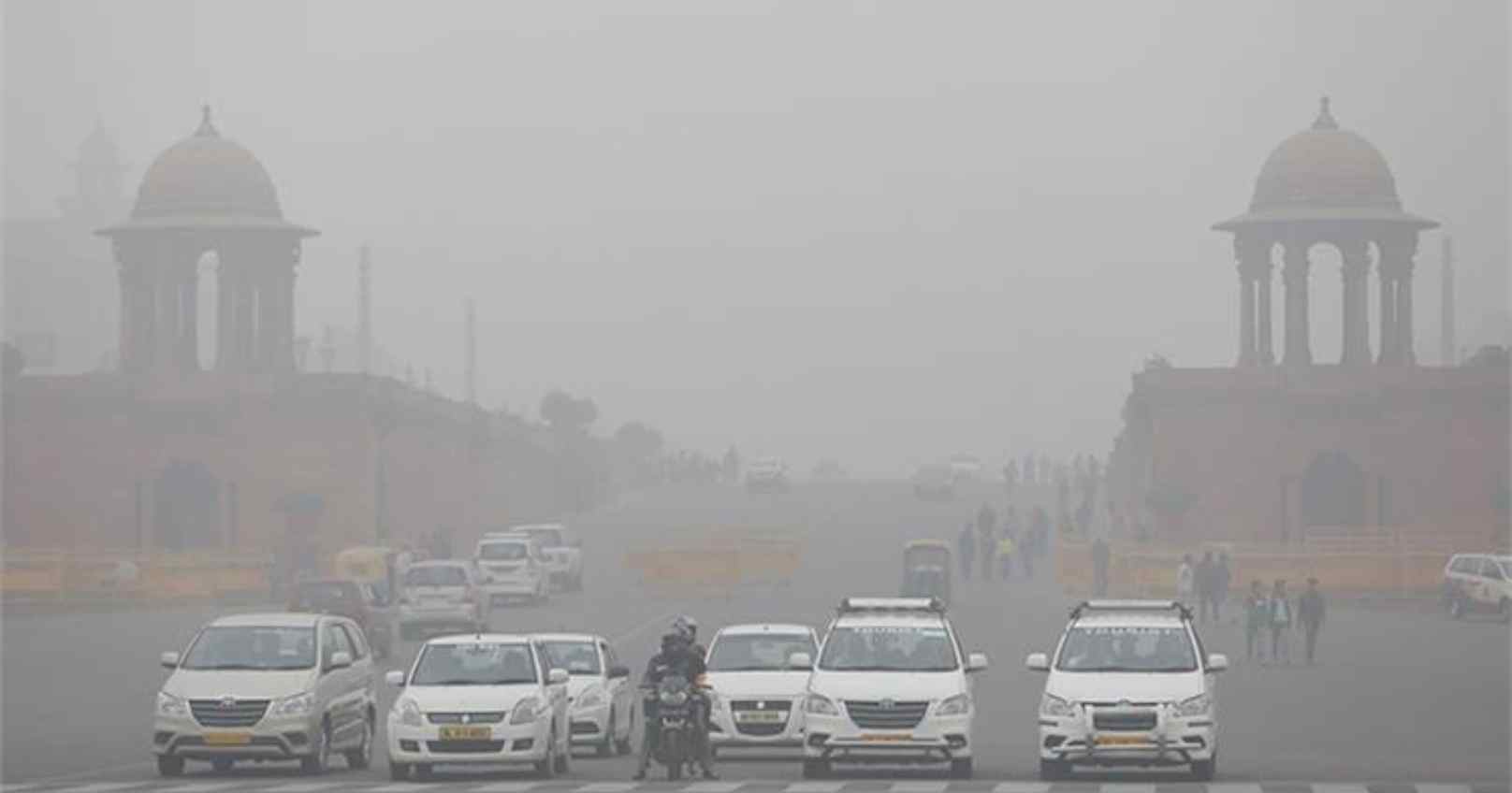After eight consecutive days of severe air pollution, Delhi witnessed a slight improvement in air quality on Thursday morning. The city's overall Air Quality Index (AQI) stood at 379 at 7 am, categorized as "very poor." However, certain monitoring stations reported AQI levels above 400, classified as "severe." According to the Central Pollution Control Board (CPCB), Jahangirpuri and Wazirpur registered the highest AQI at 437, followed by Bawana at 419 and Ashok Vihar and Mundka at 416.
The Indian Meteorological Department (IMD) forecasted a temperature range between 11°C and 26°C for the day. Despite the slight improvement, a thick layer of smog continued to blanket the city, reducing visibility and impacting daily activities.
Visibility issues also affected operations at the Indira Gandhi International Airport, with 97 flights delayed and three canceled as of Thursday morning, according to Flightradar.
To combat the deteriorating air quality, the Commission for Air Quality Management has updated the Graded Response Action Plan (GRAP), mandating the closure of schools in Delhi and neighboring NCR districts during Stages 3 and 4 of the plan.
On Wednesday, the Delhi government directed 50% of its employees to work from home as a measure to curb pollution. "To reduce pollution, the Delhi government has decided to implement work-from-home for 50% of employees in government offices," tweeted Environment Minister Gopal Rai.
In addition to Delhi, other cities like Jaipur and Chandigarh ranked among the most polluted in the country, with AQI readings of 235 and 233, respectively, classified as "poor." Meanwhile, Aizawl and Guwahati reported the cleanest air, with AQI levels at 32 and 42.
The smog and pollution levels highlight the urgent need for collective action to address Delhi's persistent air quality crisis.







